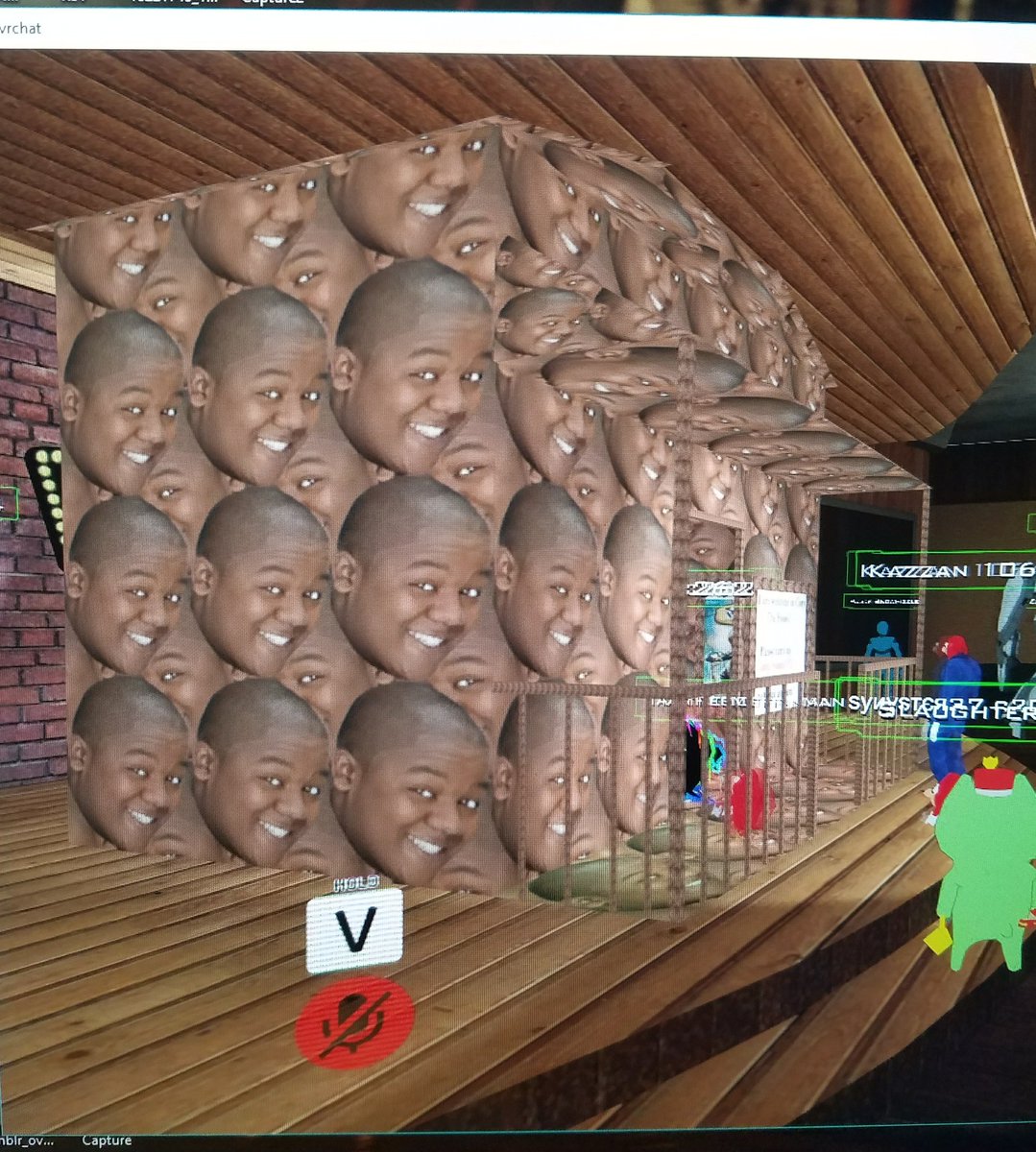
Embodiment and presence obviously play the greatest role in the present and future of VR, so let’s start there.

The primary means by which embodiment occurs is through avatars—how we choose to represent our bodies in virtual space. & since we’re nothing if not vain, it’s also arguably the most important aspect driving socialization in the metaverse—but more on that later.





Another amazing aspect presented in RP1 is its varying avatar sizes—which certainly makes for sweeping battle scenes (s/o Iron Giant). Again, this adheres closely to “actual” character sizes, whereas the future of VR will be awash in customization (ie. tiny iron giants).




As you might expect, this complicates the notion of identity. One fascinating aspect of VR is "embodied cognition." If you have a minute, check out this (& the many other) fantastic studies from @StanfordVR: vhil.stanford.edu/pubs/2016/eval…
vhil.stanford.edu/pubs/2015/many…


In the film, we see users don headsets most similar in build to the original @Oculus mockups.





The hardware in RP1 appears to use inside-out tracking—which essentially means that internal cameras/sensors situate the pose of the headset (and by proxy, the user) in meatspace and continuously translate this information to the virtual world.


How we move in VR is obviously a big deal. Currently, we use a cocktail of room-scale design (meaning your movements are tracked throughout a predetermined play space) & controllers to dictate how we move through virtual environments.






When we see Wade take a tumble or receive Art3mis’s touch, he feels it in his body through the haptic suit/gloves he wears. Today’s technology, like @HaptX, points to a future where this will indeed be possible.
What goes unmentioned in the film—which rightfully doesn’t waste time explaining all the tech—is how bodies are tracked by headsets when users *aren’t* wearing suits. For that, we'll need to a powerful predictive tracking system to infer user pose.

Speaking of which, one of the things RP1 nails is its interaction system. Rather than presenting options with buttons, cursors, and other features of traditional computing, choices are selected in Oasis via intuitive body motions.

Another thing RP1 gets right on this score is the concept of portals, which users can drop to hop among different worlds. This has emerged as a popular feature in SocialVR as we know it today, and given its convenience and usability, will likely remain a fixture of VR.



All right, now to the whale of the discussion: Oasis, the metaverse presented in Ready Player One.






Another thing RP1 gets right is the blending of virtual & augmented reality, as seen in the holographic conversation between Wade & Sorrento. There’s already an early version of this with @Facebook Spaces, and it seems to darn fun not to expect more in the future

Nolan Sorrento wants to own Oasis so he can turn it into a veritable advertising hell, with buzzing 2D banners consuming 80% of players’ available field of view.

Speaking of which: we’ll never exist in a world where one metaverse is the sole worthwhile place to go. There’s just too much good stuff & too many creators with too many good ideas a-brewin’


Another glaring absence in RP1 is AI. As my friend @ArmandoKirwin puts it: AI characters will come to outnumber human participants by a factor of at least 10:1 in VR. You might be asking, “What’s your evidence that a bunch of those characters *aren’t* AI?”

















